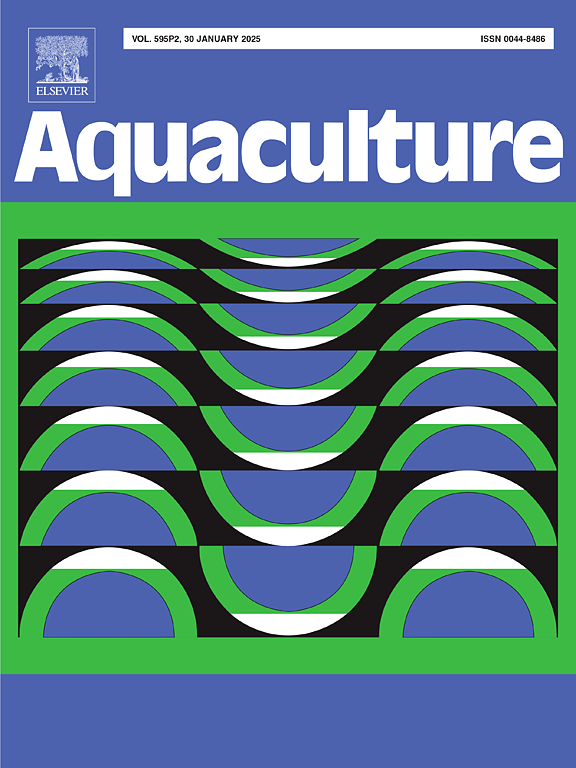Contact and non-contact physiological stress indicators in aquatic models: A review
IF 3.9
1区 农林科学
Q1 FISHERIES
引用次数: 0
Abstract
Background
Aquatic animals, including marine and riverine species, aquaculture varieties, and others, can experience a range of physiological and behavioral stress responses when exposed to various stressors in their living environments or during transportation. Therefore, real-time monitoring and evaluation of the stress state in aquatic animals are of great significance for ensuring their health, assessing quality status, and optimizing breeding and transportation conditions.
Scope and approach
The paper analyzes the methods for measuring physiological stress in aquatic animals under adverse conditions and innovatively proposes a novel classification method that divides the measurement approaches into contact-based and non-contact-based. It also reviews the key methods and technologies for stress signal processing and vitality status assessment. Additionally, we conduct a systematic analysis and discussion on the dynamic modeling of quality status.
Key findings and conclusions
This paper concludes by summarizing in the field of stress characteristic detection in aquatic animals, methods have gradually evolved from traditional rigid, single-scale detection to more flexible and multi-scale sensing approaches. Concurrently, stress detection technologies have shifted from focusing on single stress indicators to a comprehensive assessment of multiple stress indicators. Additionally, modeling methods for vitality and quality are developing toward multi-state analysis that integrates various influencing factors and multiple methodologies. The hypothesis is proposed and verified in this paper, which provides a model and future direction for the development of this field.
水生模型中的接触和非接触生理压力指标:综述
背景水生动物,包括海洋和河流物种、水产养殖品种等,在生活环境或运输过程中暴露于各种应激源时,会出现一系列生理和行为应激反应。因此,实时监测和评估水生动物的应激状态,对于确保其健康、评估质量状况、优化养殖和运输条件具有重要意义。范围和方法 本文分析了不利条件下水生动物生理应激的测量方法,并创新性地提出了一种新的分类方法,将测量方法分为接触式和非接触式。文章还回顾了应激信号处理和生命状态评估的关键方法和技术。本文最后总结了在水生动物应激特征检测领域,检测方法已从传统的刚性、单尺度检测逐渐发展到更加灵活的多尺度传感方法。与此同时,应激检测技术也从关注单一应激指标转向综合评估多种应激指标。此外,生命力和质量建模方法也在向综合各种影响因素和多种方法的多状态分析方向发展。本文提出并验证了这一假设,为这一领域的发展提供了模型和未来方向。
本文章由计算机程序翻译,如有差异,请以英文原文为准。
求助全文
约1分钟内获得全文
求助全文
来源期刊

Aquaculture
农林科学-海洋与淡水生物学
CiteScore
8.60
自引率
17.80%
发文量
1246
审稿时长
56 days
期刊介绍:
Aquaculture is an international journal for the exploration, improvement and management of all freshwater and marine food resources. It publishes novel and innovative research of world-wide interest on farming of aquatic organisms, which includes finfish, mollusks, crustaceans and aquatic plants for human consumption. Research on ornamentals is not a focus of the Journal. Aquaculture only publishes papers with a clear relevance to improving aquaculture practices or a potential application.
 求助内容:
求助内容: 应助结果提醒方式:
应助结果提醒方式:


